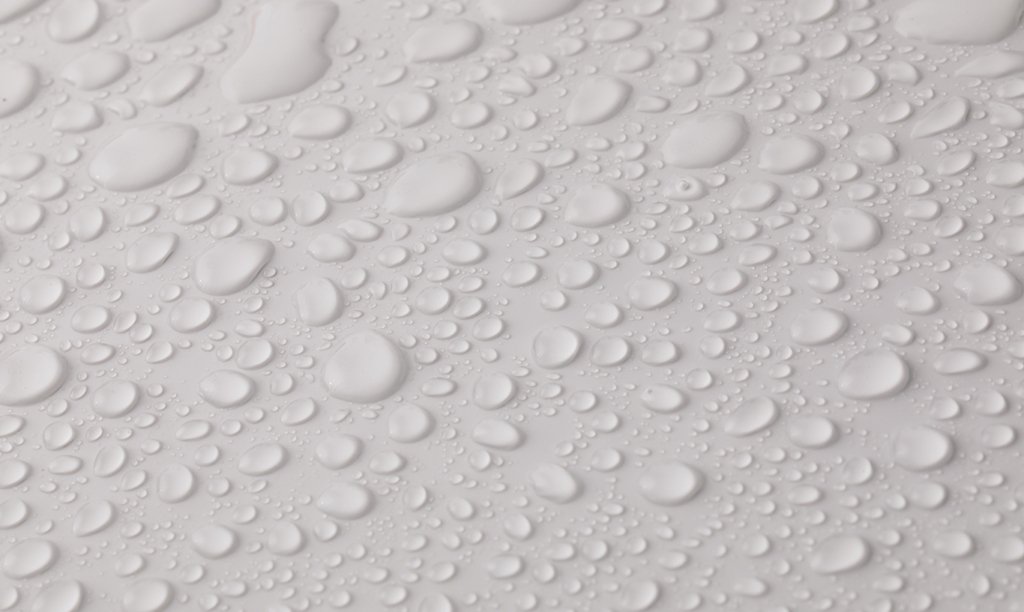By Finest-Hall
Condensation is a common problem in cold warehouses. This problem does not only affect PVC halls but is also a problem for other non-insulated cold warehouses.
Why does the condensate form?
- Condensation is caused by temperature differences on the inside and outside of the building surface. In other words, if there are minus degrees outside and plus degrees inside, the moisture in the air will cause condensation on the inside of the PVC coating. This is likely to happen twice a year (early spring, late autumn) when the night temperature drops below 0 degrees, and the daytime sun heats the building so much that when the outside temperature drops, there are still plus degrees inside the building.
- There are also problems with condensate when hot production is connected to cold storage. Then the problem occurs all the time when there are minus degrees outside. Moving between hot production and cold storage, the cold storage is heated from the inside, which creates condensate inside of the PVC hall.

Solutions:
Mechanical ventilation
Mechanical ventilation ensures adequate ventilation in the building and equalizes the temperature on both sides of the cover. Fans can be used for this, which suck the air out of PVC hall, and cold air enters the PVC hall through the lower ventilation openings. The air circulation cools the building enough that it reduces condensation.
NB! This problem is especially significant in PVC halls that do not have ventilation openings. Many low-cost hall providers do not make vents because it is a time-consuming and costly process.PVC lamella curtains / PVC high-speed rollup doors
When PVC hall is associated with warm production, mechanical ventilation is often of no use. If the movement between warm production and cold storage is constant in cold weather, the fans will not be able to cool the warehouse sufficiently, and condensation may still form to some extent. To prevent warm air from entering the cold storage, PVC lamella curtains should first be installed in front of the door to reduce warm air ingress into the warehouse. As lamella curtains abrase, become dirty, and break due to constant use, it is sensible to use PVC high-speed rollup doors as an alternative. (Read the article on doors HERE).
Additional solutions have to be considered if:
- many doors connect cold storage and warm production,
- the traffic is very heavy between the cold warehouse and warm production,
- PVC hall has workplaces with workplace heaters (fan heater, gas radiator, diesel radiator, infrared heater, etc.).
PVC hall inner cover
The PVC hall with an inner cover is a building with an additional PVC fabric installed inside the PVC hall. The inner cover prevents the warm air in the building from coming into contact with the cold air on the other side of the cover and creates a buffer zone between the beams. The inner covers insulate the indoor and outdoor environment, so no condensation forms inside the building. As the PVC internal fabric is a thinner material than the hall outer PVC fabric, it is lighter and cheaper. Such a solution does not guarantee the thermal insulation properties of the insulated building. Still, it allows the building’s temperature to be raised for some time so that it is comfortable to work there, excluding the formation of condensate. Internally coated PVC hall can also be used as warm production, but already at the expense of heating costs.